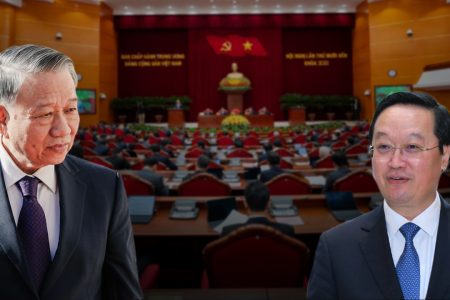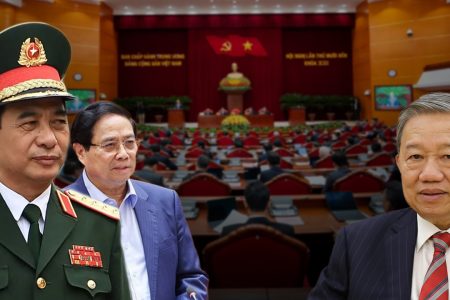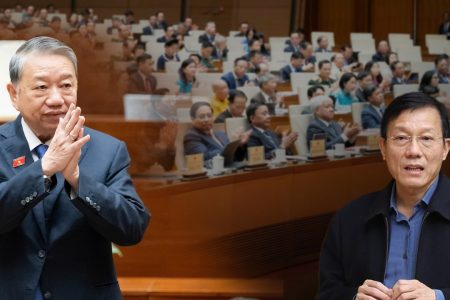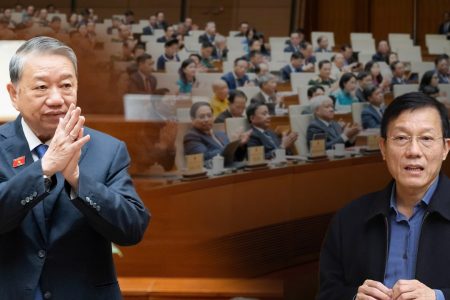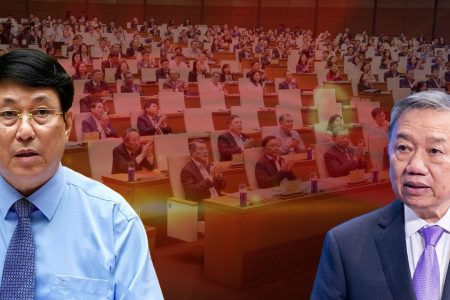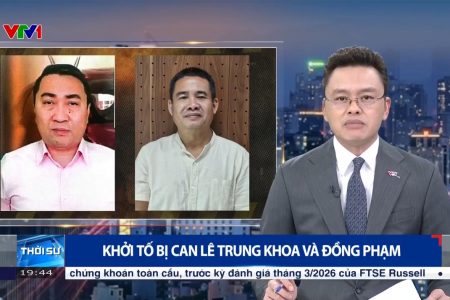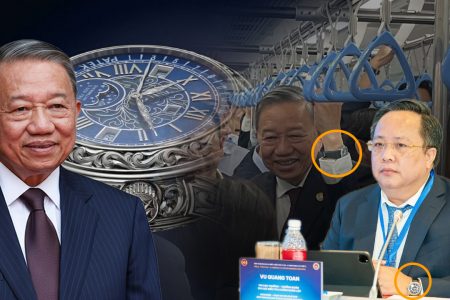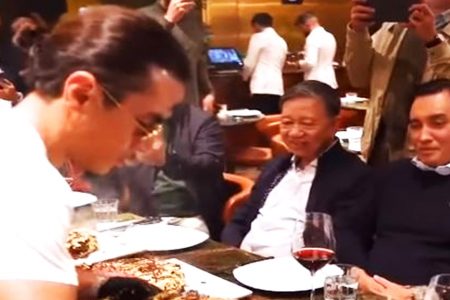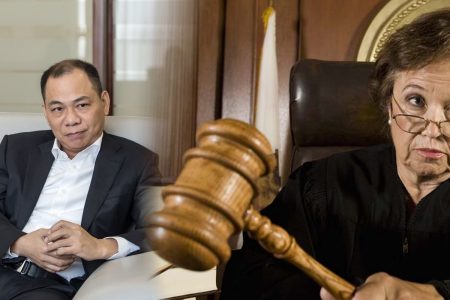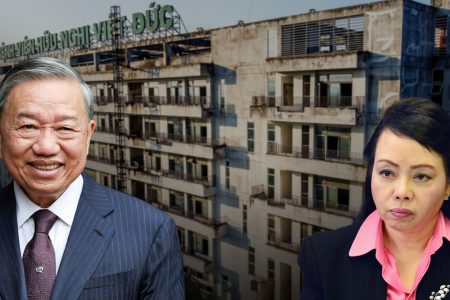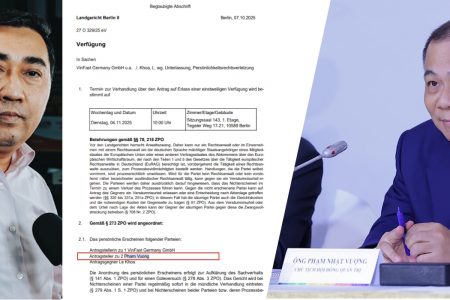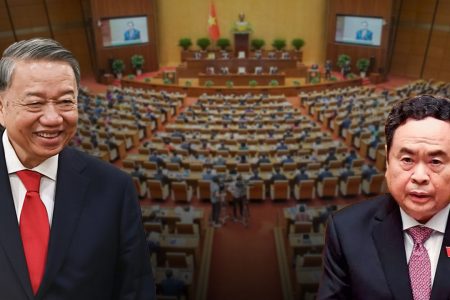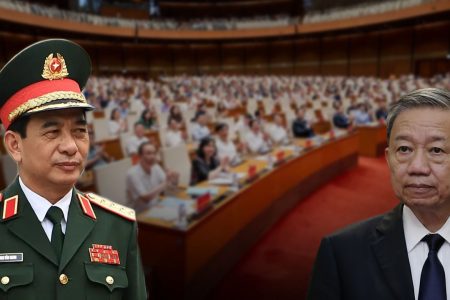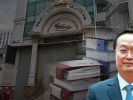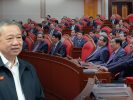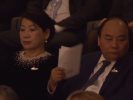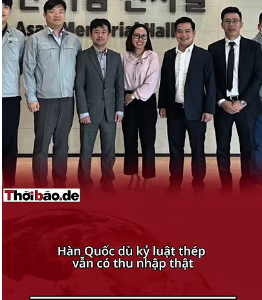On July 31, 2025, General Secretary To Lam officially announced the organization of the leadership apparatus of the Communist Party of Vietnam (CPV) in the upcoming 14th term.
Accordingly, the party’s Central Committee will consist of 200 members – including 180 official members and 20 alternate members; the Politburo will have from 17 to 19 members, and the Party Central Committee Secretariat will still maintain 11 to 13 members.
Immediately, public opinion raised a big paradox: Why does the Party’s senior leadership still maintain the leadership apparatus with an unchanged scale?

While General Secretary To Lam himself is the one promoting the merger and streamlining of the administrative system to drastically reduce the number of focal points, why is it only cut for the government system but still keep the same structure for the Central Committee?
While the entire political system has to „tighten its belt,“ To Lam’s party apparatus is given special privileges. That is, it maintains the same scale in the three highest bodies as mentioned above.
Is it true that General Secretary To Lam’s thrift policy is only applied to the administrative apparatus and the people, while Party agencies are naturally an exception?
According to analysts, there are reasons why To Lam still has to „preserve“ the Party’s leadership apparatus intact even though he has announced reform and streamlining. It could be:
First, the General Secretary does not want to share but only wants to control power; second, streamlining the apparatus, if implemented thoroughly and synchronously, will inevitably lead to the erosion of the power network of „comrades and fellow countrymen.“
In particular, General Secretary To Lam is maintaining a larger number of Central Committee and Politburo members than necessary as a way to control power through loyal links, and not to damage the highest political leadership structure in the Party.
This is a way to selectively streamline the apparatus and organization to strengthen To Lam’s police faction.
And restructuring the leadership of provincial and municipal Party committees will help eliminate „out of step“ leaders and put To Lam’s confidants in the most key positions.
If streamlining is also applied to the Central Committee, Politburo or Secretariat, the risk of the General Secretary losing control of the political situation will be very high.
This is something that To Lam certainly does not want to happen before the opening of the 14th party National Congress, which will decide the future of To Lam’s power.
According to insiders, General Secretary To Lam may cite that the structure of 200– member Central Committee has been a „standardized“ level maintained through many congresses, and cannot be arbitrarily reduced. Therefore, any change in the number will affect the division of power within the party.
This is the main reason why the party apparatus has become inviolable in the face of reform and streamlining policies.
The current party apparatus is not only a place for strategic planning, but also a tool for control, discipline and coordination of interests between power groups.
To Lam once emphasized that the 14th National Congress will create a streamlined, effective and people-friendly leadership apparatus.
But the Party apparatus at the highest level continues to maintain its heavy structure and continues to be “inviolable” as before, while other agencies are being streamlined by 30%, To Lam’s argument becomes even less convincing, and the reform is completely formal.
And to see, the General Secretary’s streamlined reform will essentially be just an excuse to eliminate opponents and consolidate power, not for the national interest as To Lam still claims.
Tra My – Thoibao.de



